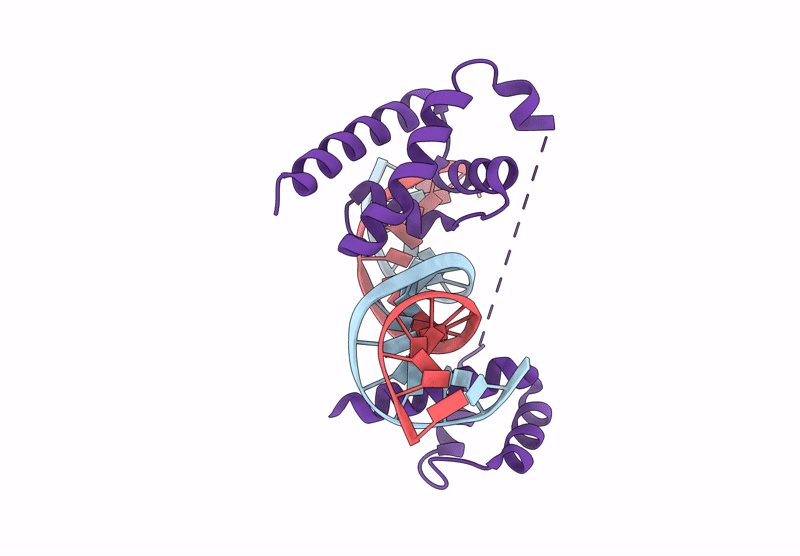
Deposition Date
2023-02-17
Release Date
2023-03-22
Last Version Date
2024-06-19
Entry Detail
PDB ID:
8G87
Keywords:
Title:
Human Oct4 bound to nucleosome with human nMatn1 sequence (focused refinement of Oct4 bound region)
Biological Source:
Source Organism:
Homo sapiens (Taxon ID: 9606)
Host Organism:
Method Details:
Experimental Method:
Resolution:
8.10 Å
Aggregation State:
PARTICLE
Reconstruction Method:
SINGLE PARTICLE


